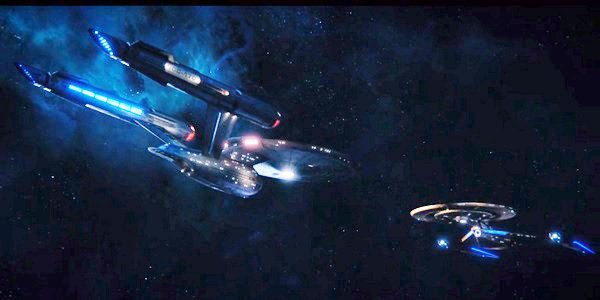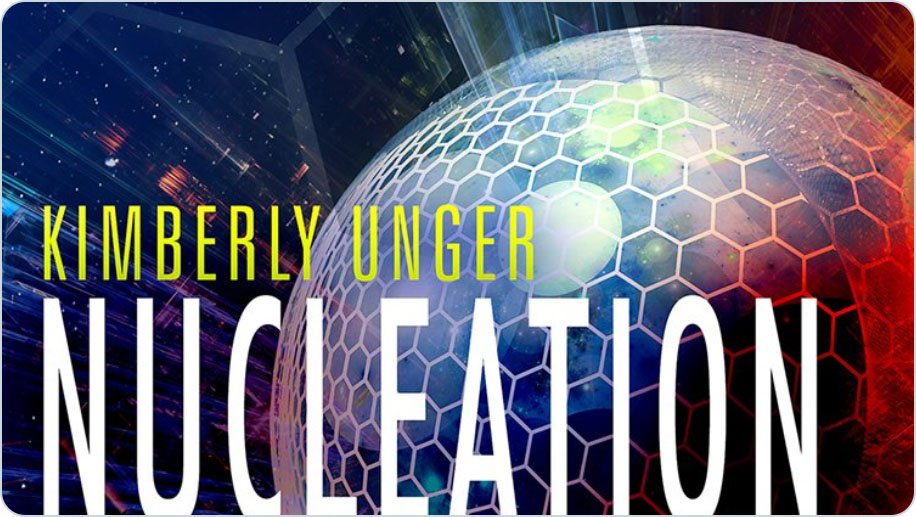
Image courtesy of Cinemablend
As I watched the conclusion of Star Trek Discovery’s first season, one phrase came to mind.
“Do the work.”
I think it’s an overriding thematic element that runs through all Star Trek, but it tends to get ground under discussions of starship physics and alien physiology. After all, Starfleet and the Federation are supposed to be the utopian, post scarcity-ideal. They are us, ARRIVED at our best version of humanity.
They did the work.
But static systems, societal or otherwise, are nigh-impossible to create. The “Golden Era” that we often ogle fondly in hindsight is usually just that, a short-lived blip spanning five to ten years. Often shorter, often well-defined only in the history books, that “best version” only comes around after it’s been fought for, after an ideal has been set and reached for.
You have to do the work.
And the work is not easy, or expeditious and sometimes while in pursuit of an ideal, you’re going to get kneecapped by someone who thinks it’s just too much trouble. Throughout this season of Discovery we have seen characters who felt that ideal was nice and all, but ultimately unattainable. It was simpler to get dirty. It “had to be done”.
It’s not always the right work.
But in the end it didn’t help. The dirty work that “had to be done” in order to service the utopian ideal did nothing but drag that ideal closer to the trashbin. It wasn’t until an entire crew put their food down and said “NO”. Until that crew chose the harder path, the more complicated path, the more HUMANE path that we saw Starfleet’s course righted again. Starfleet and the Federation headed back towards that utopia that every one of us fans lionizes and holds dear.



